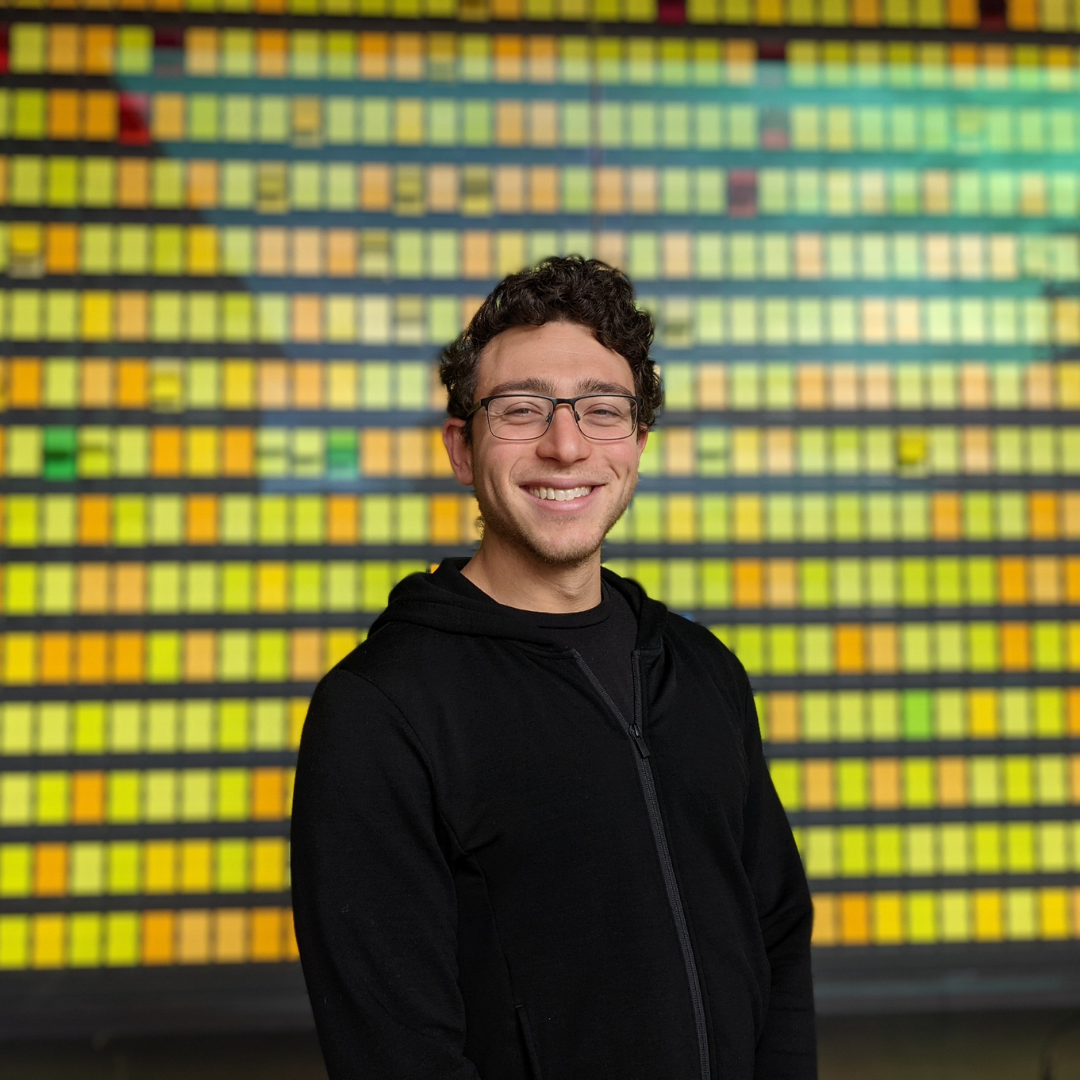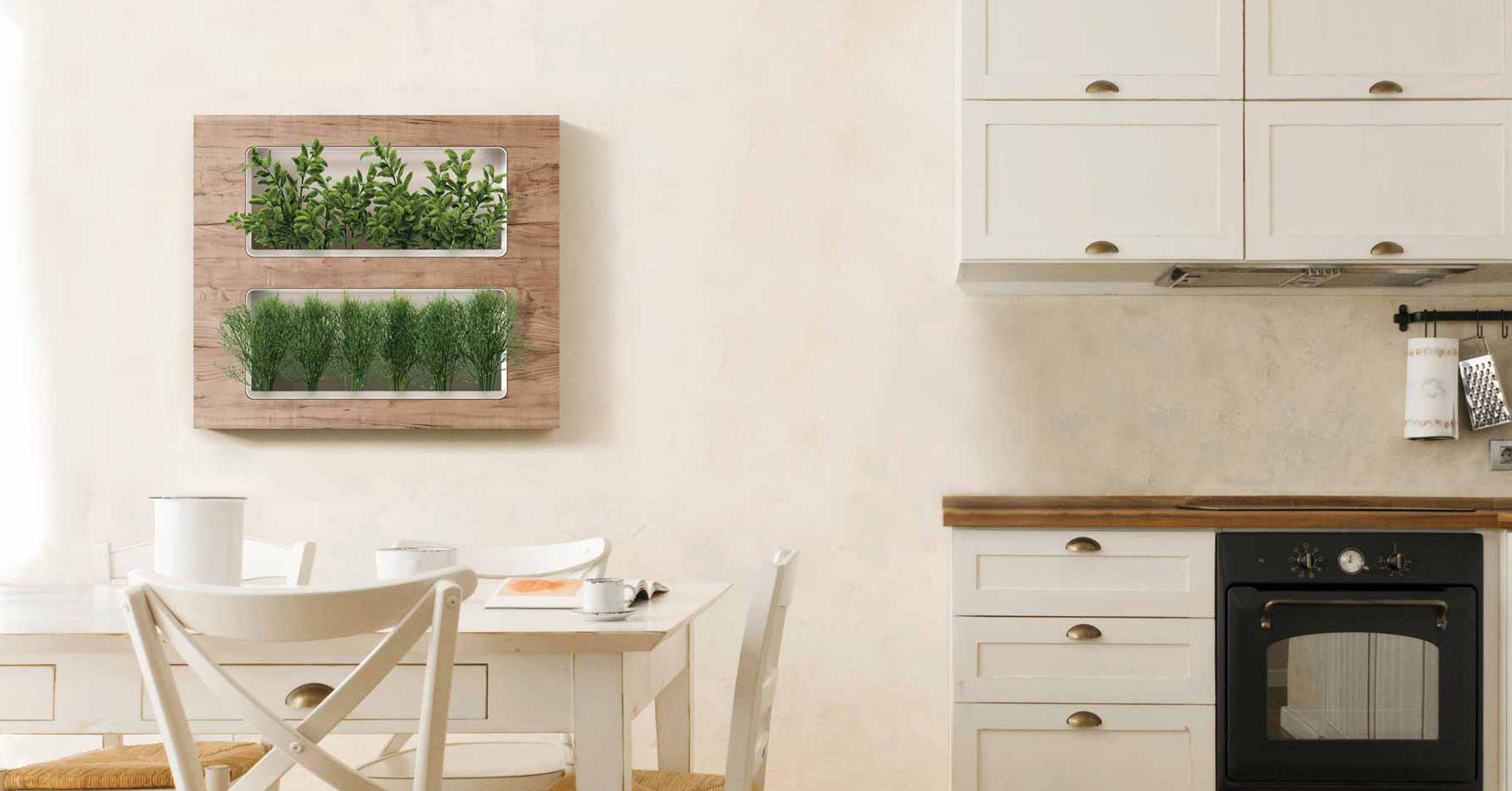One main driver behind foodtech innovation is to reduce food waste and the resources that go into producing food. Supply chain logistics is another contributor to the problem.
This week Rashed Alkhlaifat, the CPO of Miravel, explains how Miravel is focusing on reducing the resources to get produce to market.
Can you describe what your company does and the impact?
Miravel designs indoor wall gardens that autonomously grow fresh food in any environment. We also deliver sustainable, soil free seed squares that are packed with plant-specific nutrients and optimized to grow food in our devices. Currently, produce is grown so far away from the end user and conventional farming methods are highly unsustainable. On average, up to 40% of food grown is wasted and conventional farming techniques result in up to 7 million metric tons of CO2 emissions annually. Moreover, people do not receive the quality and nutrition from produce, that they deserve. On average, produce sits on a shelf for up to ten days before it is purchased, resulting in quickly wilted greens that have to be consumed within just a matter of days. The combination of these problems creates an environment that is inefficient and unsustainable for our society. At Miravel, our goal is to bring food closer to people so that it can be consumed in a healthier, more sustainable manner and with far more transparency through the process.
What does the current ecosystem look like?
More and more people are becoming aware of the food problem and are increasingly wanting to grow their own food; this has been especially evident during the pandemic. The problem with gardening, however, is that it usually requires significant outdoor space which a lot of people lack. Gardening is also a messy hobby that can sometimes feel complicated for those who are first starting out. This has resulted in a substantial increase in demand for products that enable indoor gardening in a simple, space efficient manner. In the current market, home gardening products either don’t grow food effectively, or are far too technical for consumers to use. Combine that with an aesthetic and user experience that is not inviting, and you have a perfect recipe for a lack of adoption. With our first product, The Wall Garden, we hope to change that. By creating a seamless growing experience that is both beautiful and functional so that everyone, no matter where they live or what their background is, The Wall Garden can bring fresh produce into their routine and home environment.
What are the current trends in the sector? What does the future look like?
Automated food growing is a rapidly developing technology sector because of the profound opportunities it provides to solve many of the problems associated with conventional food production. Hydroponics eliminates the need for soil and is much more resource efficient due to its lack of space requirements and its ability to concentrate light and water more efficiently. Through hydroponic food growing, farmers (including forward-thinking consumers) can grow food anywhere, which is a huge value add for the entire community, including the farming sector at large. Given these advantages, the future of food is centered around sustainable and localized production, ideally, even close to where people actually live.
Outlook
Reflecting on my Sustainable Food Trend Recap, one main driver behind food innovation is the reduction in emissions and resources. Miravel is working on solving this problem with autonomous wall gardens. Miravels’ approach seems similar to that of Chirps Chips’, specifically as their solution takes less space and is located closer to consumers – in this case, physically in the consumer’s house. However, as Miravel is tackling this problem with a beautifully designed wall garden with sensors, unit economics will play a factor in the success of their technology.
About The Author

Daniel currently works at Lawrence Livermore National Laboratory. His original assignment was to maintain and update facility safety documentation for all facilities on-site, and perform risk analysis. Over time, his role has expanded to leading continuous improvement efforts through product management.
Concurrently, Daniel volunteers with Techstars, helping organize startup weekends, and with the American Institute of Chemical Engineers, organizing events on the local and national levels of the organization. He also volunteers with One World, and previously with Powerhouse Ventures, to source and screen startups for potential investment.
Daniel holds a BS in Chemical Engineering from UC Davis, and recently completed coursework in energy innovation from Stanford. His passion is at the intersection of sustainability, innovation, and business.

